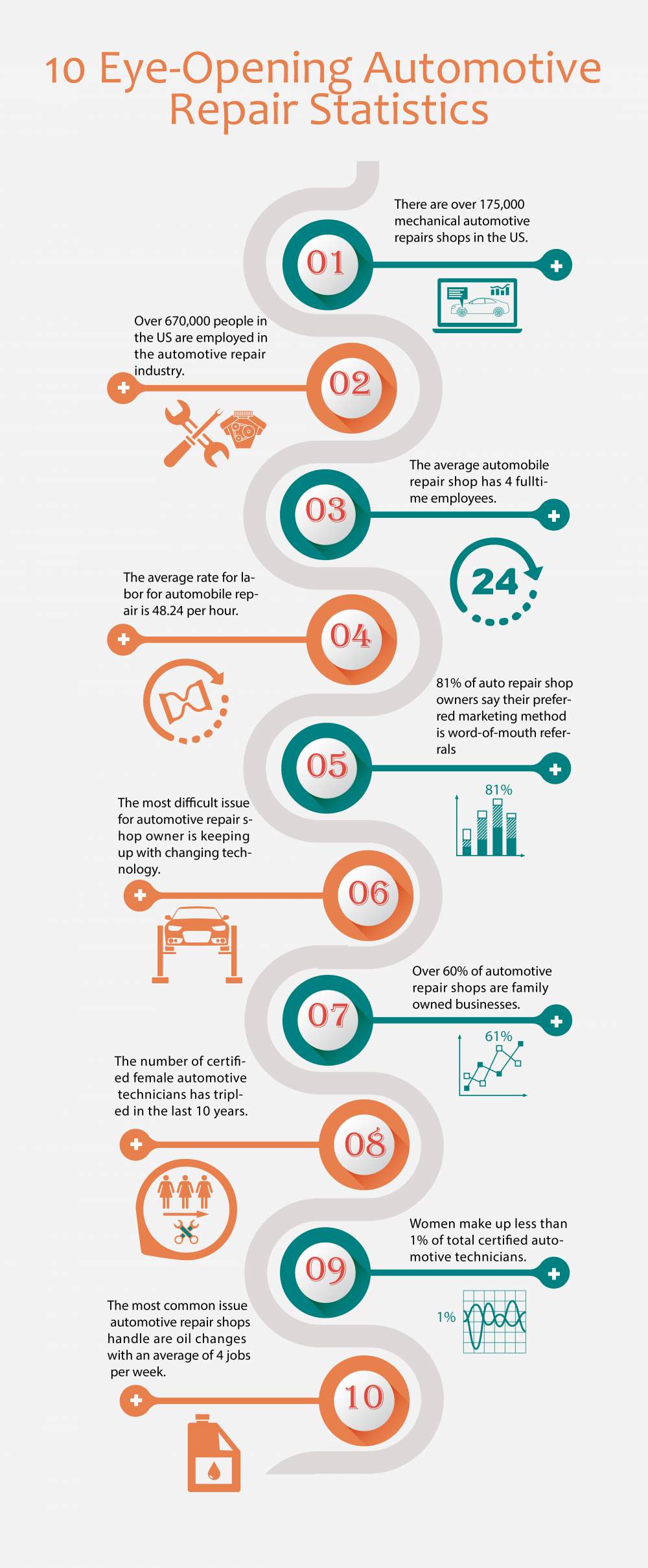Eager To Recognize What The Control Panel Warning Lights In Your Cars And Truck Signify? Explore Their Significances For The Wellness And Safety Of Your Automobile
Eager To Recognize What The Control Panel Warning Lights In Your Cars And Truck Signify? Explore Their Significances For The Wellness And Safety Of Your Automobile
Blog Article
Authored By-Termansen Kejser
When you're behind the wheel, those beautiful warning lights on your control panel can be a little bit puzzling. Do you know what they're trying to inform you regarding your vehicle's health? Understanding the significance of these lights is crucial for your safety and the longevity of your automobile. So, navigate to this website following time one of those lights turns up, would not you want to understand its message accurately and take the essential steps to address it?
Common Warning Lighting and Interpretations
Identify usual warning lights in your vehicle and understand their meanings to make certain risk-free driving.
One of the most regular caution lights include the check engine light, which signifies problems with the engine or exhausts system. If this light begins, it's vital to have your car inspected immediately.
The oil stress cautioning light indicates reduced oil pressure, calling for instant interest to avoid engine damages.
A flashing battery light may suggest a defective billing system, possibly leaving you stranded if not addressed.
auto washing monitoring system (TPMS) light alerts you to low tire stress, influencing vehicle stability and gas efficiency. Overlooking this can cause hazardous driving problems.
The abdominal light indicates a trouble with the anti-lock braking system, jeopardizing your capacity to stop promptly in emergency situations.
Finally, the coolant temperature advising light warns of engine getting too hot, which can result in severe damage otherwise settled swiftly.
Understanding these common warning lights will assist you attend to problems immediately and keep secure driving problems.
Relevance of Prompt Focus
Understanding the typical warning lights in your auto is only the initial step; the importance of without delay resolving these warnings can't be highlighted sufficient to ensure your security when traveling.
When a caution light brightens on your control panel, it's your vehicle's means of connecting a possible problem that needs attention. Disregarding these cautions can cause more serious issues in the future, jeopardizing your safety and security and possibly costing you a lot more out of commission.
Trigger focus to warning lights can avoid failures and mishaps. As an example, a flashing check engine light can show a misfire that, if left unattended, might trigger damage to the catalytic converter. Addressing this without delay can save you from an expensive repair service.
Likewise, a brake system warning light may signify reduced brake fluid or worn brake pads, essential parts for your security when driving.
Do It Yourself Troubleshooting Tips
If you observe a caution light on your dashboard, there are a couple of DIY fixing ideas you can attempt before seeking specialist aid.
The very first step is to consult your cars and truck's manual to comprehend what the particular caution light shows. In some cases the problem can be as easy as a loose gas cap triggering the check engine light. Tightening up the gas cap may solve the problem.
Another usual issue is a low battery, which can cause numerous warning lights. Examining the battery connections for corrosion and guaranteeing they're secure might fix the problem.
If a caution light lingers, you can attempt resetting it by separating the auto's battery for a few mins and afterwards reconnecting it. In addition, examining your vehicle's fluid degrees, such as oil, coolant, and brake liquid, can aid troubleshoot advising lights associated with these systems.
Conclusion
In conclusion, understanding your auto's warning lights is necessary for keeping your automobile running smoothly and safely. By promptly dealing with these informs and recognizing what they suggest, you can avoid costly repair services and potential malfunctions.
Bear in mind to consult your car's guidebook for specific details on each advising light and do something about it accordingly to make sure a hassle-free driving experience.
Stay notified, remain safe when driving!
